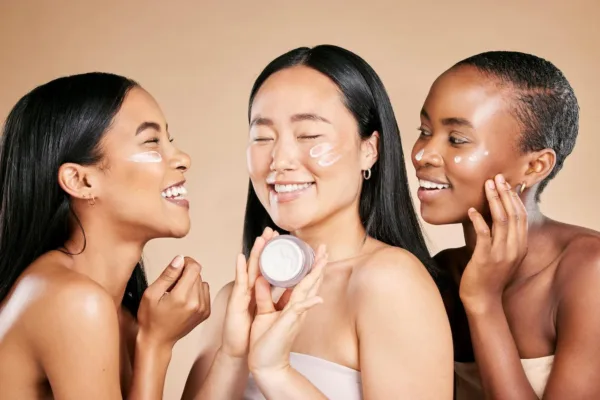
Be Careful: Sleeping Pills Come With These 10 Side Effects
Sleeping pills are regularly prescribed for short-term management of sleep disorders. They can be a lifeline if you are struggling to achieve restorative sleep due to conditions like insomnia. However, like all medications, they come with potential side effects. Understanding these side effects, and the potential consequences of a sleeping pills overdose is crucial for…









